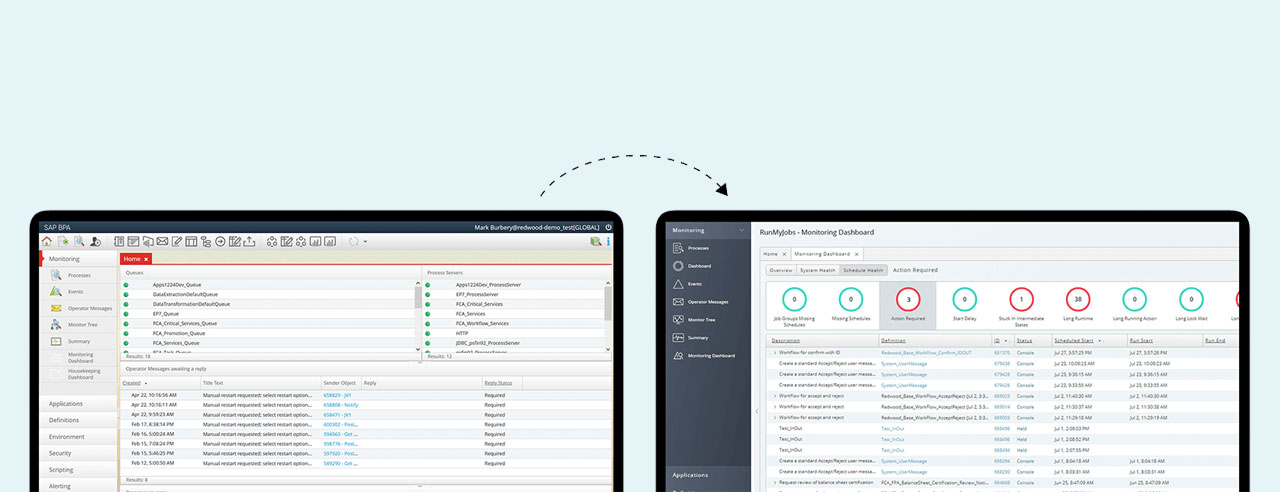How to Prepare for Workload Automation Migration

Migrating to a new workload automation solution is a daunting task. With questions about timeline, cost, logistics, data security, compatibility, functionality, and more, IT teams know that undergoing a migration process is a significant project.
But with the right strategies and tools, IT leaders can feel confident that they’ll have a successful migration.
Why migrate automation platforms?
IT processes and environments haven’t maintained the status quo in recent years; they’ve gotten more complex while also growing radically. What used to require a simple workload scheduler may now require much more manual intervention as teams try to accommodate new business requirements. Gartner estimates that by 2025, more than 95% of new digital workloads will deploy on cloud-native platforms, and teams need tools that make that process seamless.
As businesses strive to bring digital transformation to their organization, many find that their hybrid workload automation environments create data silos, have too many dependencies, and simply aren’t scalable.
Without a single point of control to handle on-demand orchestration, many organizations are moving off of their legacy scheduling tools and migrating to a SaaS-based workflow automation solution like RunMyJobs by Redwood.
The modern automation methodology
Gartner predicted that 80% of organizations delivering workload automation will migrate to service orchestration and automation platforms (SOAPs) to orchestrate workloads across complex hybrid, multi-cloud, and on-premises environments. SOAPs have six capabilities that differentiate them from legacy schedulers and workload automation platforms:
- End-to-end workflow orchestration
- Event-driven automation
- Scheduling, monitoring, visibility, and alerting
- Self-service automation
- Resource provisioning
- Managing data flows
Preparing for migration
Before migrating your workload automation platform to a SOAP, your teams will need to:
- Audit your apps, tools, and platforms to determine your needs
- Determine the types of business processes, job scheduling, and workflows you would like to implement automated workflows for — even if you can’t automate those things yet
- Vet SOAP vendors with in-depth research, taking care to assess the platform’s user interface, downtime SLAs and contingency plans, migration services, conversion tools, capabilities, and ability to integrate with your vital tools
Important considerations
There are some key features and functionality to keep in mind for cloud-based workload automation platforms. Make sure the solution can:
- Provide real-time metrics overviews and dashboards
- Integrate with your data center
- Enable self-updating agents across Microsoft Windows, Linux, AIX, HPUX, macOS, OpenVMS, Solaris, and the like
- Easily onboard users with an intuitive UI that enables self-service across IT and business operations
- Integrate seamlessly with ERPs (like SAP and Oracle) and provide APIs for simple web services integrations
Optimize the migration process
Ensure you have an optimal migration experience by completing the following steps:
- Define the architecture of your new SOAP
- Test automation workloads to ensure they meet your business requirements
- Transition your data to your workload automation database
- Compare your new workload definitions and ensure workload validation
- Ensure every requirement has been met
Go live and never look back
While a smooth automation migration does require some planning, it is possible. Careful, step-by-step implementation using a trusted migration process and tools will help mitigate risk and ensure a successful transition.
